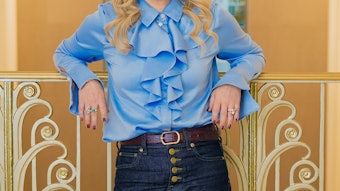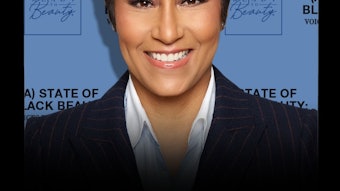
“Our mission is to get safer products into the hands of everyone … ” said Gregg Renfrew, CEO and founder of Beautycounter, during the launch of the company’s first brick-and-mortar location in New York.
Around the time of that announcement, legacy brand Clairol launched its Natural Instincts Demi-Permanent Hair Color, which the company called “cleaner, greener and safer than ever before.” The product was free from ingredients such as parabens and ammonia and comprised 80% naturally derived materials, including aloe vera and coconut oil. Furthermore, the formulation came packaged in PVC-free plastic bottles.
The expansion of these two very different brands signals a much wider shift in the beauty and personal care industry, impacting every market and price point. We’re talking, of course, about clean beauty.
What is Clean Beauty?
There is no regulatory or standardized trade definition of clean beauty. For instance, retailer SpaceNK notes that the concept “refers to any formulation that is free from a list of potentially harmful and irritating ingredients, and instead uses a combination of plants, vitamins, minerals, and botanical extracts to help restore skin to its optimum health and vitality.”
The company adds, “Clean also refers to products and brands that showcase a concerted effort to manufacture more consciously, whether it be recycled packaging or sustainable ingredients.”
Meanwhile, the clean at Sephora program features products “formulated without SLS, SLES, parabens, formaldehyde, phthalates and mineral oils.” The company has identified more than 50 brands—including Drunk Elephant, Boscia, Tata Harper and RMS—and 2,000 units which fit the bill. Qualifying products feature a Clean at Sephora sticker.
While the specifics may vary, most retailers, brands and even consumers appear to agree that the key pillars of clean beauty include:
- Safety
- Sustainability
- Ethics
- Transparency
Before outlining each pillar, it’s important to take a look at what’s driving the clean beauty movement.
Want to read the full article? Check out the February 2019 digital edition of Global Cosmetic Industry magazine.











